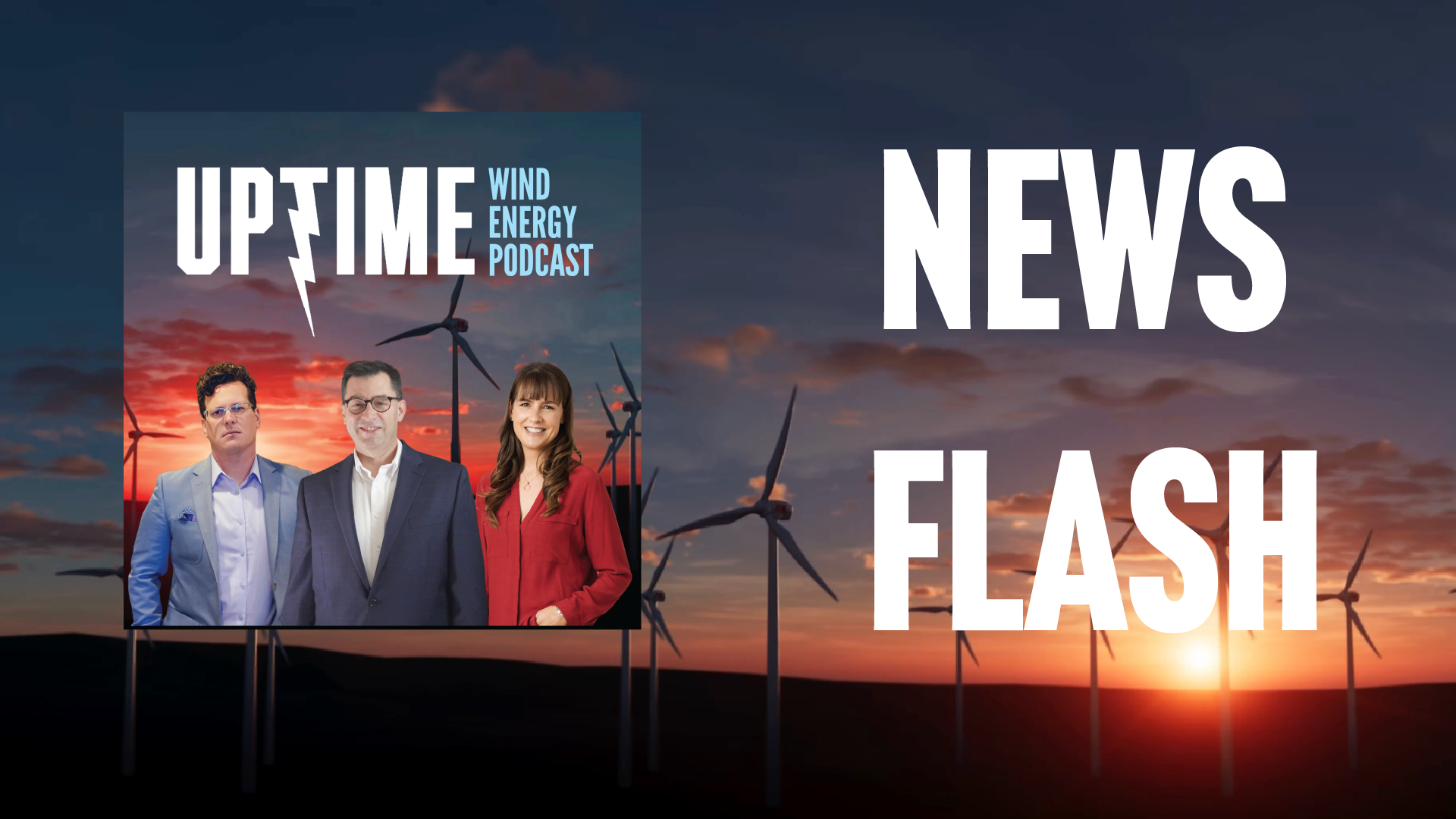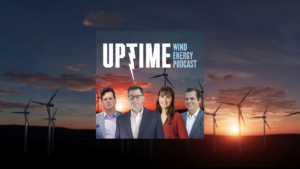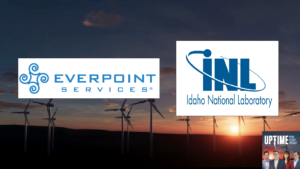Podcast: Play in new window | Download
This news flash covers major renewable energy project financing deals and acquisitions in the wind industry. Key points include Avangrid and Copenhagen Infrastructure Partners securing $1.2 billion in tax equity financing from major banks for the Vineyard Wind One offshore wind project. Energex Renewable Energy also secured $322 million in tax equity financing from J.P. Morgan and Capital One for its Boswell Springs wind farm. The deals allow the companies to receive significant cash upfront in exchange for future production tax credits. In mergers and acquisitions, Scotland-based Aurora Energy Services acquired Houston-based Cotech Group, a wind turbine blade maintenance company, to expand its service offerings and workforce in the U.S. The deals highlight the activity in renewable project financing and consolidation in the wind energy services sector.
Sign up now for Uptime Tech News, our weekly email update on all things wind technology. This episode is sponsored by Weather Guard Lightning Tech. Learn more about Weather Guard’s StrikeTape Wind Turbine LPS retrofit. Follow the show on Facebook, YouTube, Twitter, Linkedin and visit Weather Guard on the web. And subscribe to Rosemary Barnes’ YouTube channel here. Have a question we can answer on the show? Email us!
Pardalote Consulting – https://www.pardaloteconsulting.com
Weather Guard Lightning Tech – www.weatherguardwind.com
Intelstor – https://www.intelstor.com
News Flash 103023
Allen Hall: I’m Allen Hall, president of Weather Guard Lightning Tech, and I’m here with the founder and CEO of Intelstor, Phil Totaro, and the chief commercial officer of Weather Guard Lightning Tech, Joel Saxum. And this is your News Flash. News Flash is brought to you by our friends at InterStor. If you need actionable information about renewable projects or technologies, check out InterStor at intelstor.com.
Copenhagen Infrastructure Partners and Avangrid announced the largest single asset tax equity financing and first large scale offshore wind transaction in the United States for Vineyard Wind One’ s project. The 1.2 billion tax equity investment was reached with JPMorgan, Chase, Bank of America, and of course, Wells Fargo.
Alright, Phil. There’s a lot of tax equity investment happening right now in wind. What does it mean?
Phil Totaro: Effectively, they are taking some cash, if not all of it, up front. In exchange for future production, tax, credit, revenue, and allowing the financiers to basically do that at a rate with an interest rate on top of it. So that, if they’re giving CIP and Avangrid, 1.2 billion in cash now, presumably they’re gonna be generating at least, 1.8 to 2 billion in PTC revenue in the future. And so the financial institutions collect that future revenue on kind of a, an annuity basis. And the developer gets cash up front to either reinvest in Greenfield project development or to bolster their balance sheet.
Allen Hall: Canadian electricity producer, Energex Renewable Energy has secured a 322 million dollar tax equity investment for its 329 megawatt Boswell Springs wind project that is under construction in Wyoming. The upfront tax commitment was made by J. P. Morgan and Capital One, Energex said last week. The arrangement will see the investors provide cash payments as production tax credits are generated from the project over 10 years.
Joel, it looks like they’re going to receive about 420 million in a production tax credit over those 10 years, and they’re taking in from the banks about 322 million now. How are they playing this swap of tax security? In the future for income now.
Joel Saxum: So what this is the 330 megawatt Boswell Springs project is going to cost about 583 million to build. Instead of having 583 million at say 7 percent over the course of however long that debt takes to pay off, instead of having that debt financing, they’ve exchanged some of that debt financing for tax equity financing, but at a different rate. Energex will receive about 70 percent of the PTC income that they normally would have received. And that other 30 percent will actually go to the financers. That would be J. P. Morgan and Capital One. The large thing here is, as well, is when companies are going for these massive amounts of capital to build these projects, the banks are coming back to them and saying, we’ll give you this money, but as collateral, we’re gonna need 30 percent of your PTC funds for the future.
Phil Totaro: And keep in mind why this is happening now is, it’s a combination of high interest rates are really driving this but also this trend is in particular for onshore wind is going to be driven by what we analyzed last year. And what we’re actually going to be releasing next week is an update to our analysis about the payback timeframe for projects.
Projects which started in 2020 had an average payback period of up to about 20 years. As a result of the IRA bill driving up the production tax credit value, a lot of companies independent power producers, project developers signed power purchase contracts that were actually for less than the production tax credit value of $26 a megawatt hour or thereabouts.
For those projects, particularly anybody that’s got a power purchase contract below $20 MWh, their asset payback time frame is at least, 15 to 20 plus years. What Energex is doing with this is they’re allowing this to shorten the time frame for a full return on capital the shortened the timeframe that it’s going to take to actually pay down the entirety of the amount spent the 583 million to actually build this project in the first place. As Joel mentioned, this is a probably a clever scheme ginned up by some accountants, but it’s an important tool in the toolbox now that we have this kind of high interest rate environment and companies are going to be able to leverage their future PTC revenue as a a way to, to offset some of the upfront capex cost.
Allen Hall: Aurora Energy Services, a Scotland based company, has acquired Houston based Cotech Group in its first international acquisition. Cotech provides wind turbine blade repair and maintenance services in the U. S. and was founded in 2005. This is Aurora’s fourth acquisition since launching. The deal increases Aurora’s employees to about 275.
Aurora expects Cotech’s 100 strong workforce to triple over the next, to about 300 over the next three years. Joel, this is a big move in the United States because there’s a lot of acquisitions and movement in the ISP world.
Joel Saxum: Yeah, absolutely. So you’re seeing some of the larger players starting to grab companies based on, hey, we need people.
Well, Cotech, one of the reasons why they’re very attractive to anybody investing in that space is the simple fact that they’ve got operations in Brazil and in the U. S. If you know anything about revenue generation in the U. S. and the Blade world, There’s a large shoulder season. So depending on where you are in the Northern latitudes, it’s worse.
Southern latitudes, it’s still not that good, but even say an average in the country, blade season starts mid April and ends mid October, end of October. And it’s simply because that’s when you can use chemicals and then the winter, you get better peak wind season. So you have this curve where a lot of revenue and a lot of people are needed in the summertime, but then it falls off in the winter.
Well, Cotech to fight that and to be more attractive to any investor. They also have these massive operations in Brazil, so they can move people back and forth and even if they don’t move their whole workforce back and forth between Latin America and the U. S., they still have a fairly flat revenue line.
So Aurora’s aiming to be a hundred million pound revenue energy service businesses within five years, so they’re well on their way. So what this means for Aurora Energy Services clients is that they now have a single company that is more of a one stop shop. We’ve talked about this in the past. We’ve heard, we were just up in Calgary at CANREA and the people on the floor talking about that it’s a pain when you have to bring in 15 different subcontractors to a site to get things done. What Aurora has done here is now they have their inspection maintenance repair services, their actual rope access services, lifting and inspection engineering fabrication and site services, and just general project services for wind now is one suite where clients can take advantage of that.










